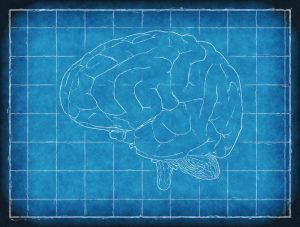-
The Hunger Games is a WEIGHT LOSS program.
Follow the listed food choices and the supplementary action program.
Game length - 28 Days.
The Hunger Games changes your appetite and the hunger reflex. The practice of the listed food; choices, volume and timing, will change your future right choices, naturally. The net return is greater meal satiation from fewer calories leaving your ideal weight and shape for life.
.......................................................................................................................................................................................................................................................
The Hunger Games works because;
1) You practice, step by step, your right food choices,
2) You counter, primarily, carbohydrate intolerance (CI). Carbohydrate intolerance is the inability or inefficiency to digest and metabolise certain carbohydrates due to a lack of one or more intestinal enzymes, and,
3) Your hunger control from a calorie deficit shifts from the burning of ‘sugar’ as the dominant fuel source, towards the burning of stored fat as the prime daily energy source. Subsequently, you'll be naturally lead towards your ideal weight, free from an emotional or mental fight.
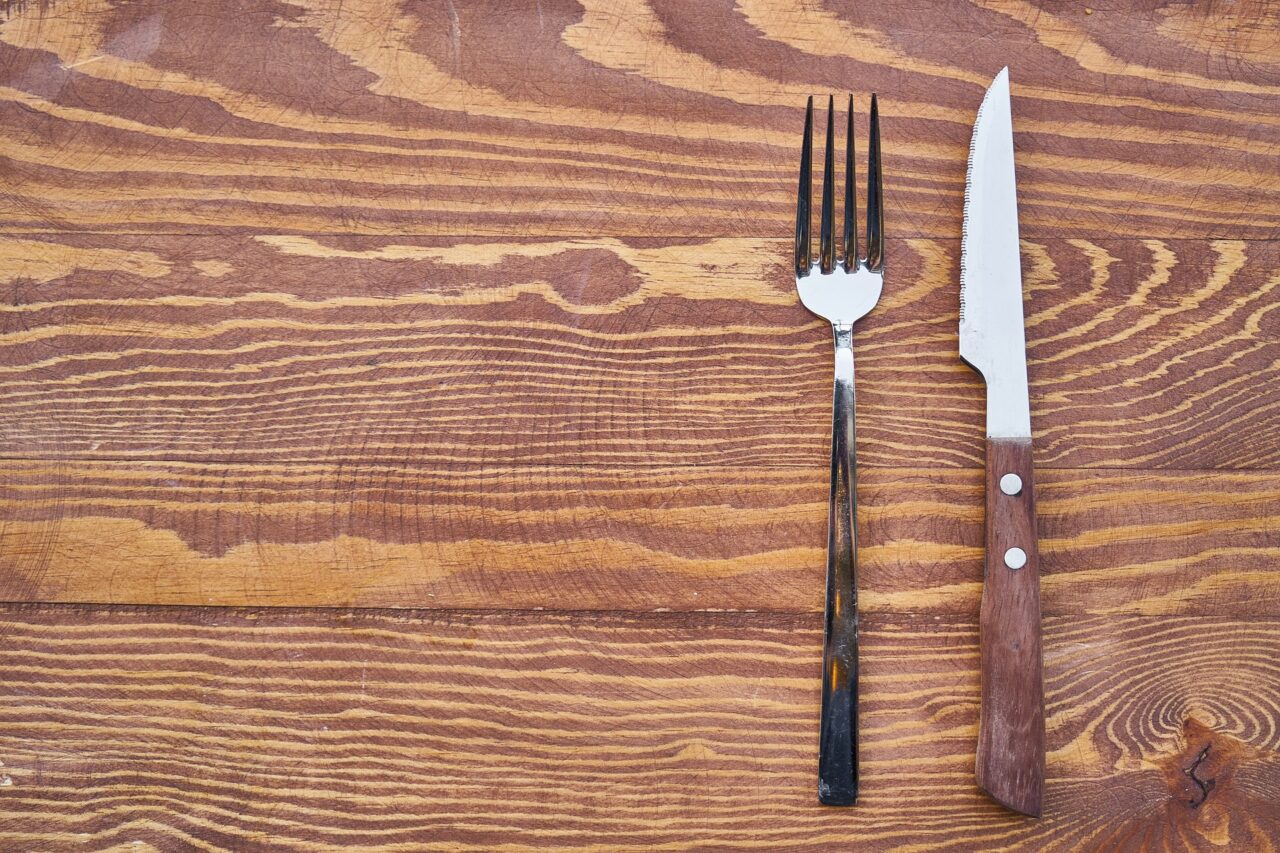


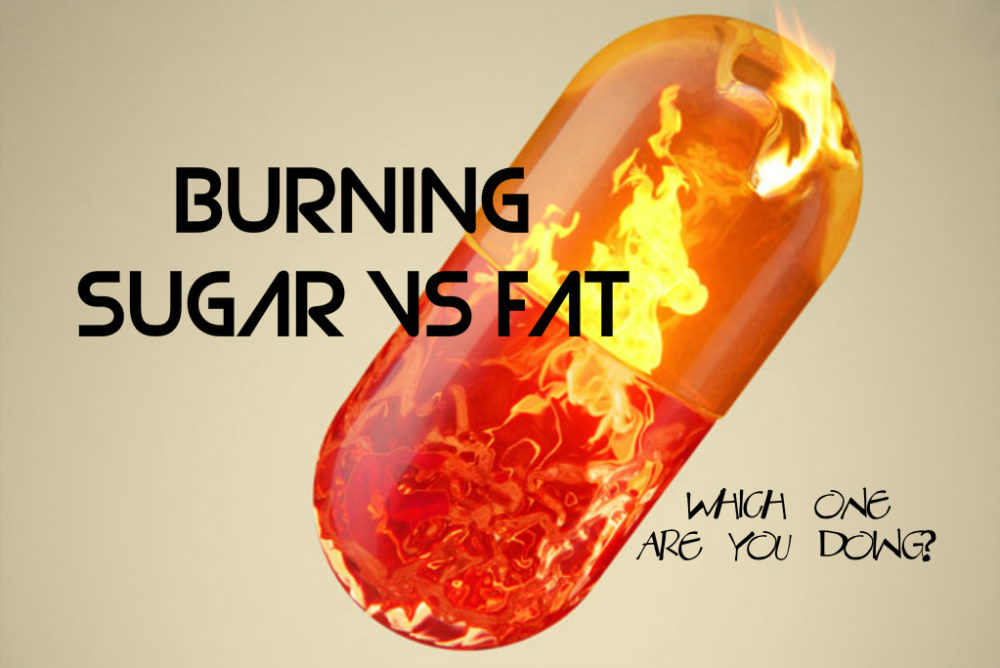






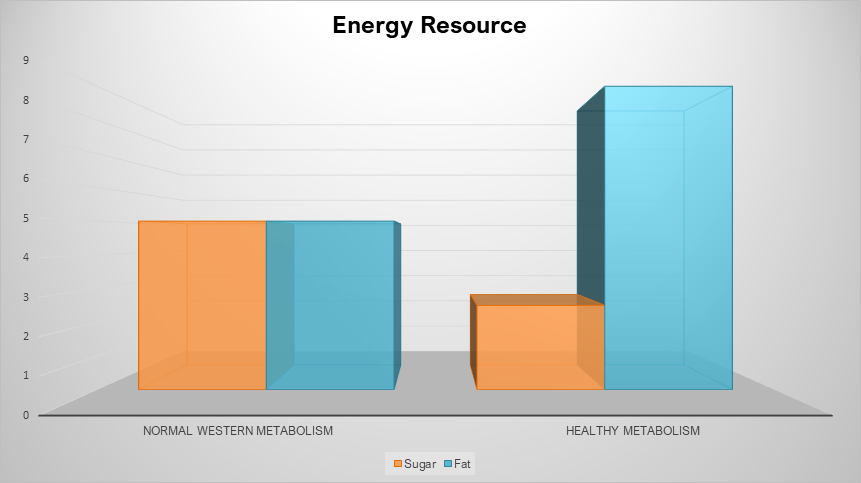






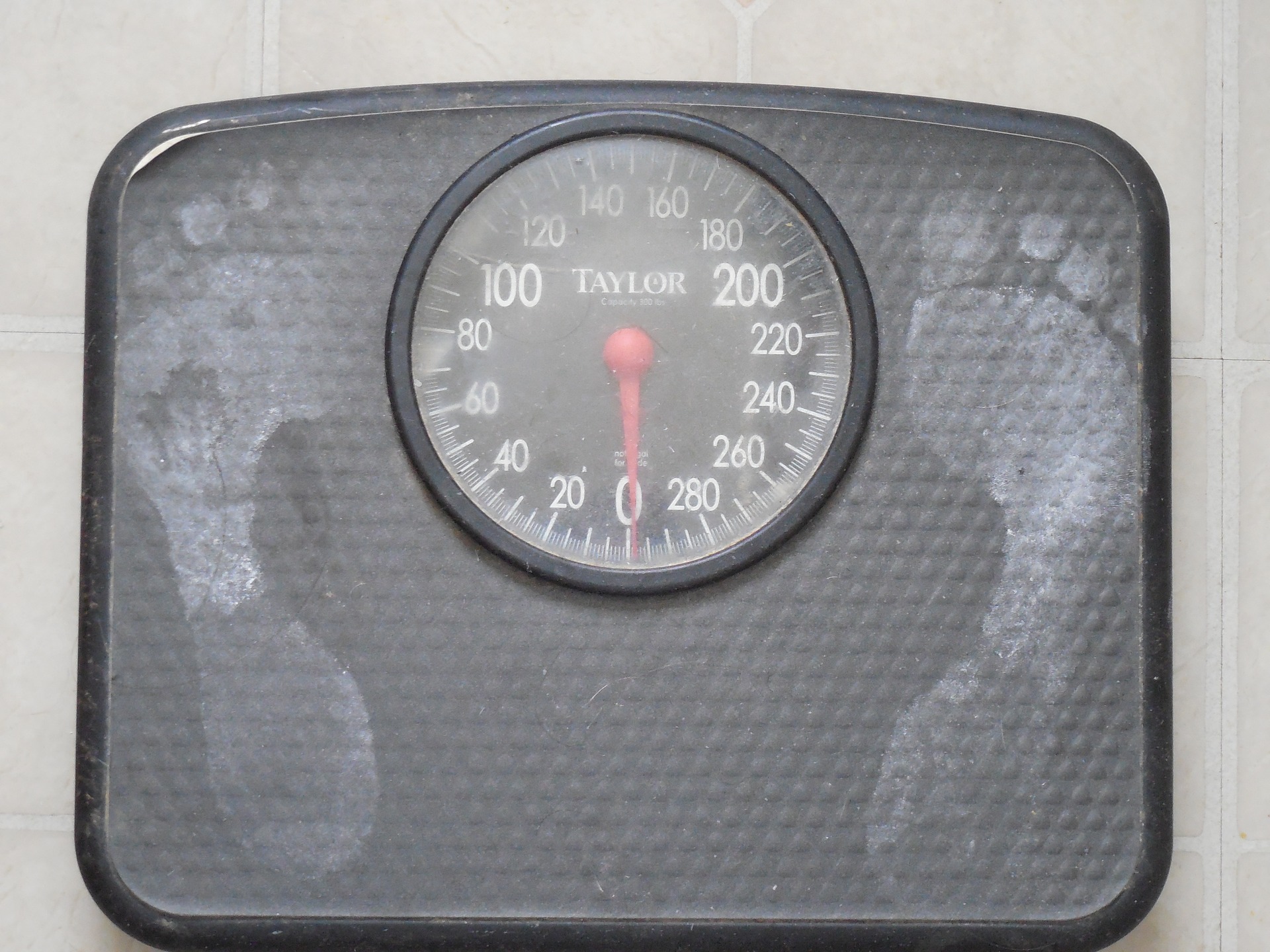
1. The 'understanding' of why this project will work for you.
2. The scheduling of your (non-invasive) Assessment with BP.
3. Completing the Questionnaire.
4. Following the step by step plan.
5. Confirming your weekly compliance with BP via Text.
1. Open, and ideally print out your e-book.
2. Choose your meals from the menu choices, only.
3. Shop, prepare, contain, and schedule your culinary week.
4. Diarise and prioritise your (easy) action sessions.
5. Police the action intensity laws, for this program.
6. Text a photograph of your weekly scoreboard to BP.
7. Contact BP for troubleshooting or proposed alternatives.
8. Schedule your all important re-testing appointment with BP.
a) food behaviour, and,
b) your metabolism preference towards sustainable fat-burning.
2. Your HbA1c Blood Glucose lowers below 4.9%.
3. The accountability to yourself and your Coach.
4. Results prove this practice works!
The principles of this project apply to ‘almost’ everyone; however, the key focus group is 33% of the population genetically more challenged with Carbohydrate Intolerance and Insulin Resistance.
Carbohydrate intolerance is the inability or inefficiency to digest and metabolise certain carbohydrates due to a lack of one or more intestinal enzymes.
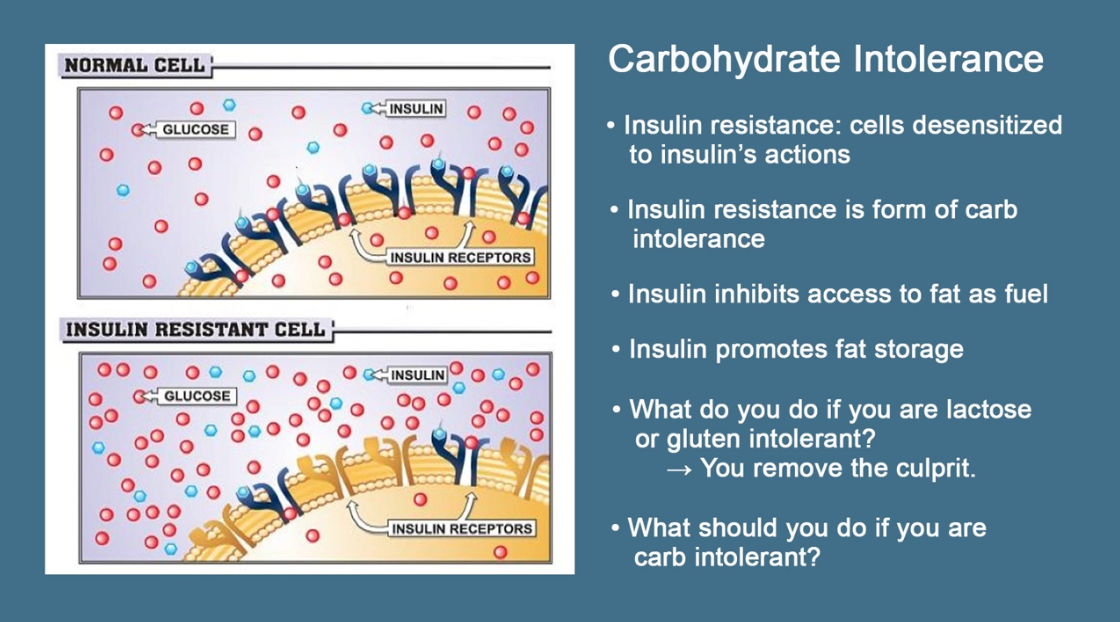
Some things you need energy for;
Breathing
Digesting
Sleeping
Hormone & Immune generation
Exercise: Structured & Incidental
The project changes your metabolism towards favouring stored fat as your prime fuel source, away from favouring sugar as the dominant energy source.
1. By controlling the optimum carbohydrate and consequent insulin volume, the brain has no option but to breakdown stored fat into blood ketones for the reliable fuel source.
From a Testing Standpoint
HbA1c ≤4.9%
Triglycerides ≤1.7 mmol/L
Urid Acid ≤4.8 mmol/L
Questionnaire ≤2/10
The Project Key Focus: Changing the appetite, the food behaviour, over time, to naturally opt for more compatible energy choices leaving the hunger satiated on fewer calories.
Key factors changing the appetite;
1. Dominating listed meals with smaller portions of good fat, fulfilling protein, fibre, and the right use of salt.
2. Employing the project meal 'Hunger/Volume' Laws.
3. Choosing the right carbohydrates wisely.
4. Remaining appropriately hydrated.
5. A defined fasting period.
6. Consistent ‘easier’ aerobic rhythmic movement.
7. Accountability leading to habit.
Consistent meal timing.
Lower portion and caloric meal value,
Removing, mostly, processed, and refined food choices.
Very little high GI carbohydrates (real & unreal).
Appropriate carbohydrates, only.
The 'right' ratio of 1) protein, 2) fat, and 3) carbohydrate.
Diarising and practicing some fasting.
The use of (some) caffeine pre-exercise.
Maintaining your ideal hydration status, including the right portion of Na+.
The result: Food behaviour holding strongly under mental & physical stress.
Slowly introduce your right type of daily movement, for you.
Learn and practice your 'right' action intensity.
Police your movement intensity and volume (Phase 1-3).
Increase your enduring volume as directed.
Confirm the listed weekly minutes of rhythmic movement.
The result: The Hunger Games will influence your prime appetite, best fat-burning state, and your ideal health.

-
Weight: ≥7kgs via HAMWI Calc - CLICK
* HbA1c Blood Glucose: ≥ 5.4%
Triglycerides: ≥ 2.20 mmol/L
Uric Acid: ≥ 6.4 mmol/L
Blood Pressure: ≥ 140/100

